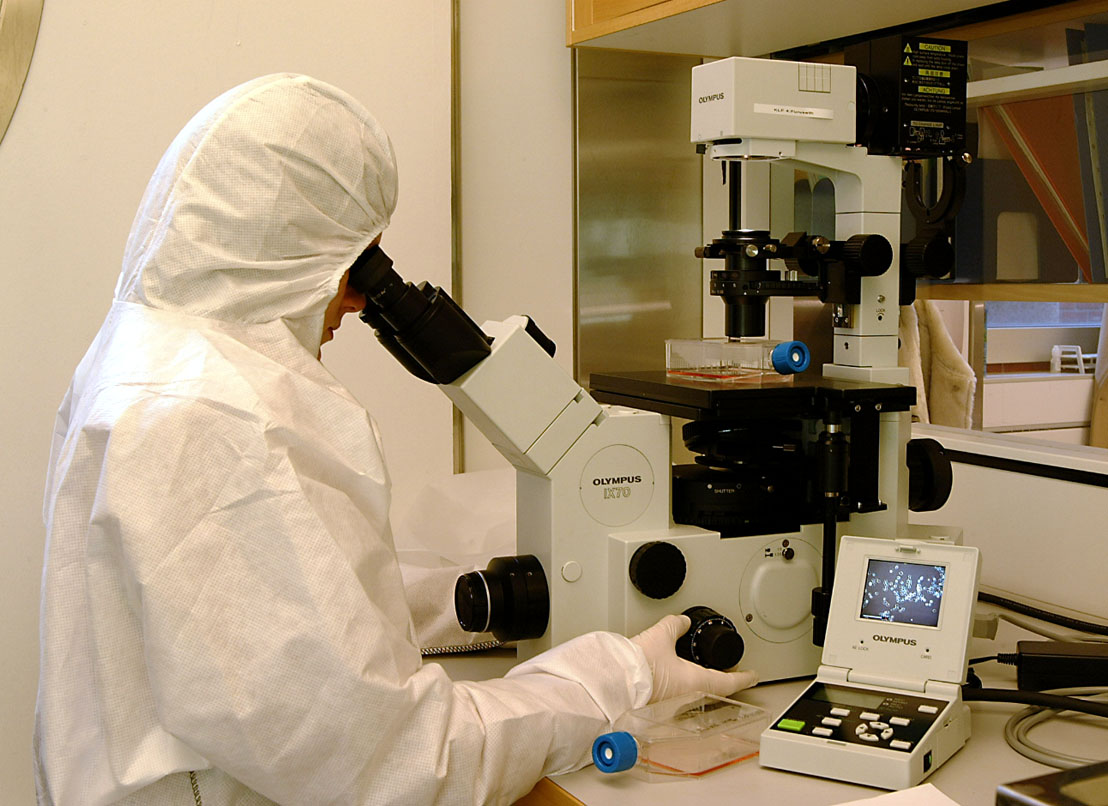Objectives:
- Identify and characterize stable matrix biomolecules from hard tissue matrices for use as novel biotherapeutics for bone treatment.

- Isolate and purify matrix macromolecules actively involved in cellular interactions during hard tissue growth and mineralisation.
- Characterize biological mechanisms involved in formation, repair and regrowth of calcified tissues.
- Extract and/or express stable matrix macromolecules capable of inducing hard tissue repair and regrowth in experimental models.
- Develop new strategies for induction of hard tissue repair, regrowth and/or remineralisation of hard tissues in critical size defects and adjacent to implants in bone.
- Establish a biomimetic alternative to suboptimal synthetic approaches presently used in bone management
Description of the work
The goal is at least one stable, bone-inducing, matrix-derived macromolecule tested in a proof-of-principle clinical study. Stable matrix macromolecules will be produced from two sources; crude porcine hard tissue matrices and proteins expressed from clones extracted from available human cDNA libraries. About 100 matrix fractions and recombinant human matrix proteins will be screened in in vitro and in vivo models for capability to induce or promote matrix synthesis, hard tissue formation and biomineralisation. The screening will be performed in a hierarchical system starting with crude fractions that, if bioactivity is seen, are refined and retested. Probes and/or antibodies based on purified molecules showing bioactivity and good in vivo stability will be used to map functions of the isolated matrix macromolecules during development of skeletal structures. If a porcine candidate molecule differs in structure from human, or is difficult to extract from porcine matrices, the human mRNA analogue will be extracted from established cDNA libraries and the macromolecule in question is produced in a eukaryotic expression system.
The resulting human recombinant matrix biomolecule will then be retested to confirm bioactivity. After passing isolation, characterization, biological validation and efficacy testing, promising matrix molecules are posted for scale-up, pharmaceutical formulation and toxicology testing. Candidate formulations suitable for clinical use are then submitted to proof-of-principle clinical trials. About 5-10 molecules are expected to reach efficacy assessment, of which 1-3 will be selected for development as novel biotherapeutics.
Deliverables:
- About 250 hard tissue matrix molecules screened for induction of hard tissue formation
- Positive screening is followed by biological and efficacy validation.
- Decision on recombinant proteins versus porcine material.
- Protein purification and scale-up of production.
- Candidate products selected and safety assessment performed. 6. Proof-of-Principle clinical studies. The expected result is 1-2 proteins ready to enter industrial development.